This year, Soucie Horner Design Collective celebrated its silver anniversary, and top of mind for principals Shea Soucie and Martin Horner was broadening their reach to a new audience. In a moment of serendipity at an event, Soucie met Lindsay Perper, founder of Rodeo—a fashion app that offers users a shoppable experience, sort of like if Pinterest and Instagram had a baby. “Rodeo to us, represented a fresh, younger consumer in the design space—one that we, as a 25-year-old brand, have put in our past view, not in our forefront,” Soucie tells Business of Home. “As you build a company, over time your clients continue to evolve unless you turn around and start to look at who the client of the future is. Rodeo could be that audience for us. They could help us understand the younger economy and appetite for design. What’s aspirational for a younger audience? How do we become more accessible, so we don’t become irrelevant as designers?”
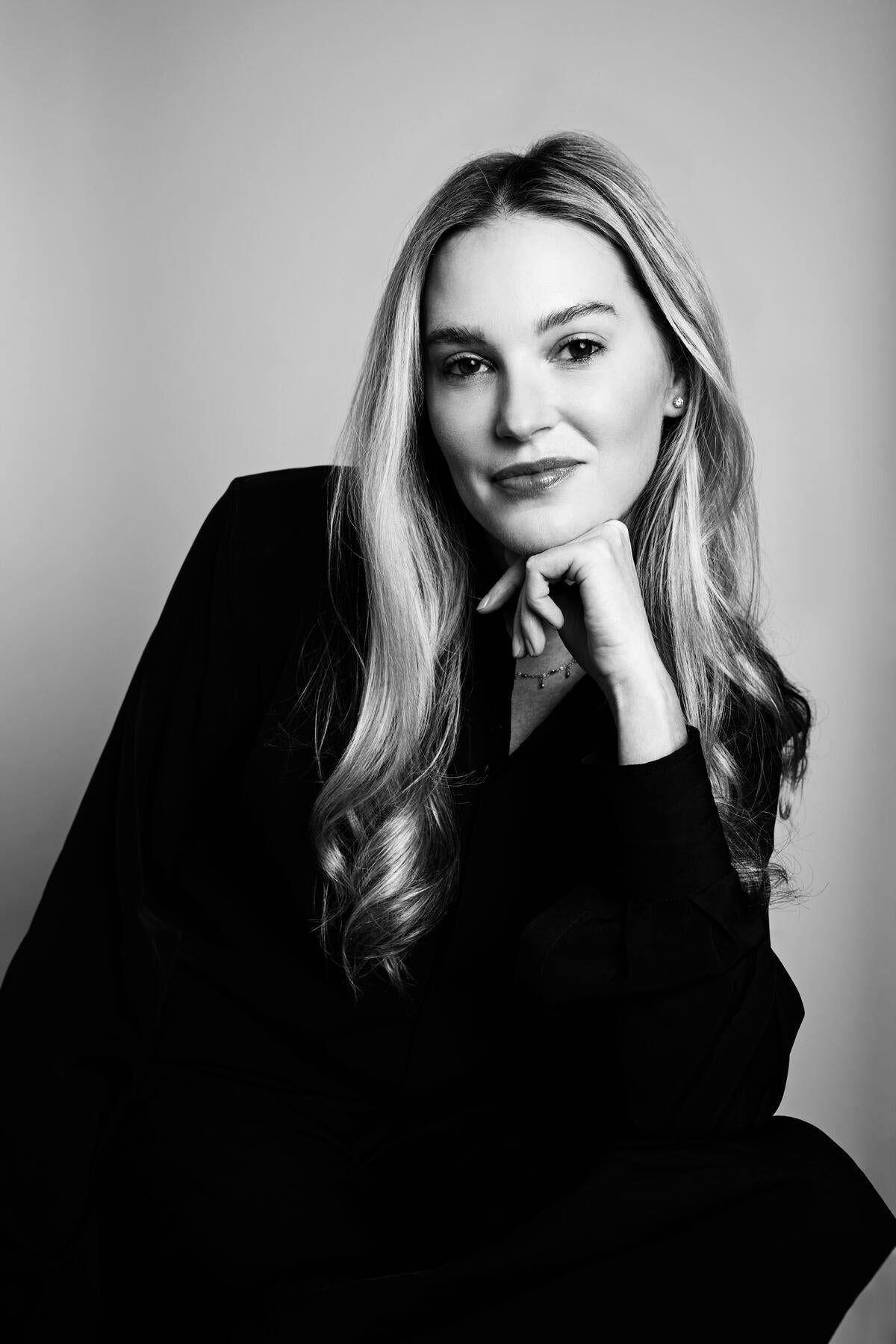
But what exactly is Rodeo? Perper came from a background in fashion merchandising, working for Ralph Lauren for nearly eight years when, over the pandemic, she developed a small following on TikTok. When her followers kept asking about what she was wearing, she realized there were no good resources to create a shoppable experience around content. “I had a lot of conviction that content would be at the center of the future of shopping, and it didn’t have to be driven solely by influencers. If you have a best friend, then you are a really big influencer,” she says. “The goal for Rodeo was to create the mall of the future. The same way that we used to go to the mall back in the day, and that’s where we saw the cool people and the trends. It wasn’t just buying. It was a whole experience. [My app] is fueled by anyone: shoppers, influencers, interior designers—really creative people with a point of view.”
Officially launched last year (and recently backed by an a16z Talent x Opportunity fund), the app is set up like TikTok and Instagram: Users have a main feed that changes based on what they’re engaging with, and when they post images and video, Rodeo uses AI to find items in those images and provides shoppable links (which can be added and edited manually too). Users can also make mood boards with shoppable links for easy access. Since its launch, Rodeo’s 50,000 monthly users have primarily been women between the ages of 20 and 28.

Soucie saw this as the perfect opportunity to tap into a new audience. She and Perper first met in September, and by the end of 2024, the firm had signed a yearlong contract as a brand partner with Rodeo. For $3,000 a month, it gave Rodeo full access to its archive to reinvent the rooms into new content for the app. “It was kind of like the top-of-funnel awareness channel for [Soucie Horner] to reach the Gen Z audience,” says Perper. “We have been doing a lot with the [company] to reinterpret the fabulous rooms that they’ve designed through the 25 years in a way that can be relatable to an audience that can’t [currently] afford these fabulous homes—but may one day be able to. We’ve reinterpreted rooms into horoscope quizzes, or created a mood board in the same vein of a beautiful living room [the firm designed]. It’s been a creative exercise on our end, and I think it’s been fun for the [design team] to see a fresh interpretation of it as well.”
The firm sends the assets, and the Rodeo team handles everything else. Included in the contract are monthly features (like the horoscope quizzes, as well as posts to Rodeo’s Substack, like one on connecting users’ favorite TV shows to a Soucie Horner–designed room) that seek to make the firm’s work relevant for a Gen Z consumer. “It was so interesting because we took projects that I hadn’t looked at in years, and she breathed a new, youthful twist into them that I had thought about as just old projects,” says Soucie.
A $3,000 monthly partnership fee may seem like a hefty price tag, but she says the benefits for the design firm are long-term: “I’m using it as a way to understand an audience that I don’t understand, that I’m not as close to. That’s the value to us.” Earlier this year, the firm collaborated with Rodeo on a lunch in Los Angeles where the design team presented to influencers, tastemakers and creatives a 2025 study with the University of Southern California on what millennial consumers want from luxury design. “When I think about design, it always comes with 33 years of a framework around it,” says Soucie. “It was really interesting to hear what a young professional was thinking about as relates to design—what matters to them, who they look up to and what they truly care about. It was very eye-opening to me.” The study found younger luxury consumers prioritized comfort, as well as the story behind the items they live with and the people who made them.
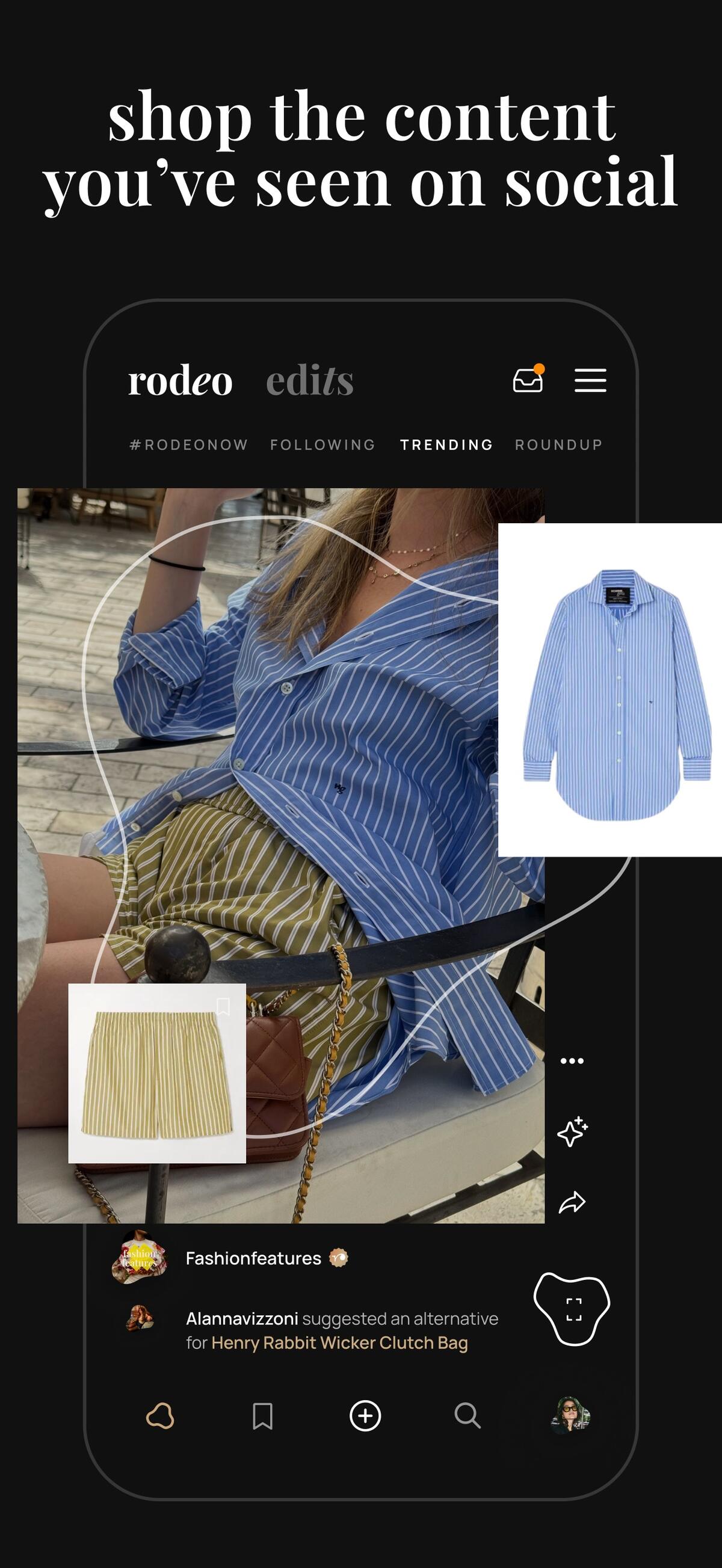
While Soucie may be using Rodeo to understand a new audience, other designers are using it to interact with their current clients. Madison Napier, a designer based in New York, L.A. and Paris, started working with Perper even before the app was launched. Napier, who has been running her own firm since 2022, uses the mood board feature to share items and ideas with clients. “With Rodeo, I’ve started taking on virtual consultations,” she says. “Before, when I would take on a virtual consultation, I would just send them a Google Doc with the links. We started incorporating [the mood board feature], Edit, and so whenever a virtual client comes to me or a full-range project really needs coffee table books [for example], I have an Edit with coffee table books where they could click on it and shop directly. It’s so much more streamlined.”
The brand partnership with Soucie Horner was Perper’s first major move into the interior design world, a pivot she knew was inevitable. “I always felt like interiors were a massive opportunity that hadn’t really been touched, probably for a lot of reasons. Interior designers are really busy. And so, for them to go make a shoppable experience around the rooms that they’ve published is not something they’re necessarily [prioritizing],” she says. “Interiors feels like a massive, almost stand-alone business.”
Perper hopes to one day go head-to-head with Amazon or Google Shopping, while continuing to grow the interior design presence on the app. “I think that [it’s about] driving awareness and using it as another kind of portfolio that reaches an audience that’s focused on looking for that inspiration, versus just your marketing site,” she says. For her part, Soucie hopes to grow the partnership to keep her firm in tune with what the next-generation client wants. “For the younger designer, Rodeo is just part of their environment where they can aggregate and build their own taste or use it with a client,” she says. “For somebody my age and position with our business, it helps me understand and stay relevant with a younger consumer, which helps us look to the future.”



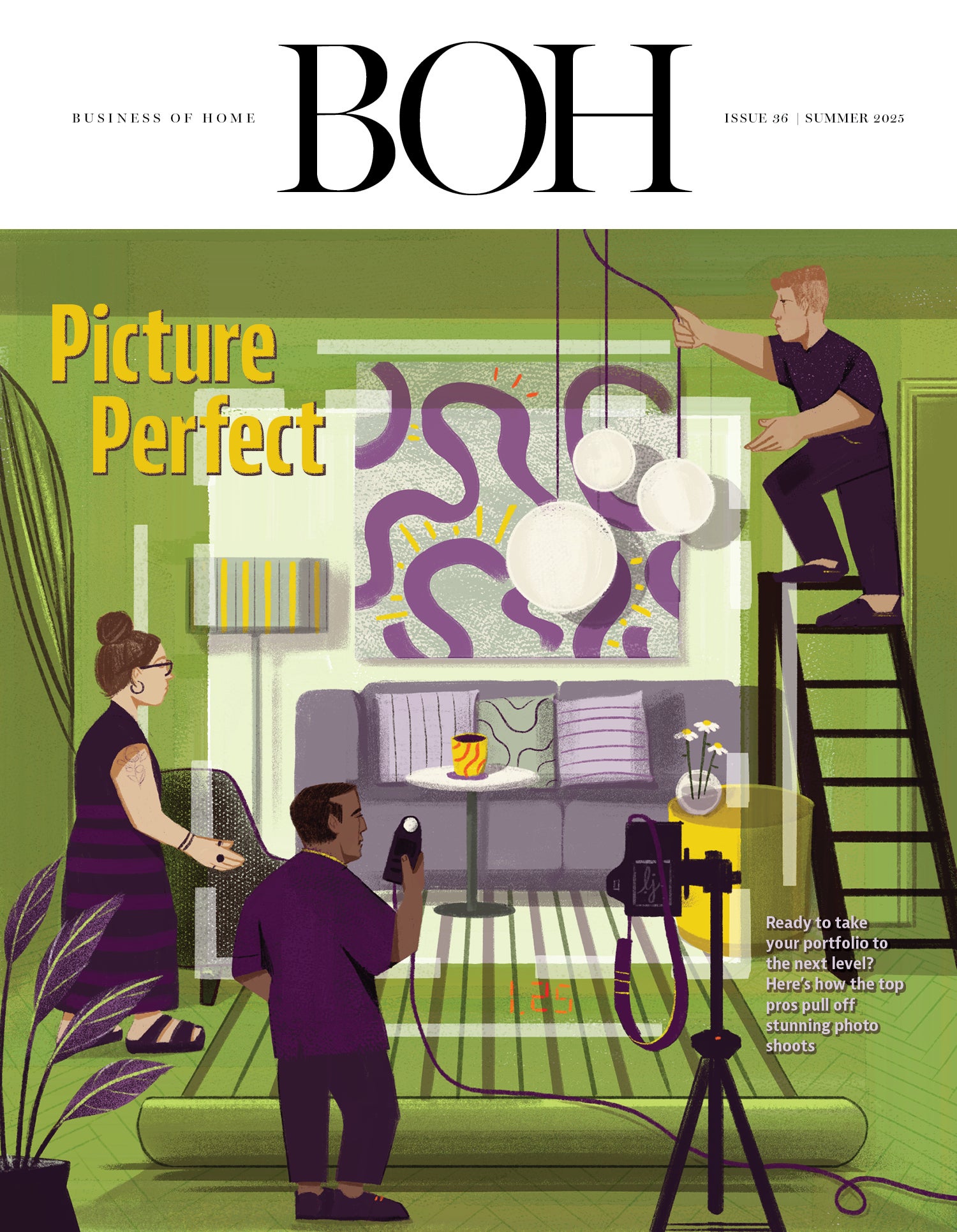
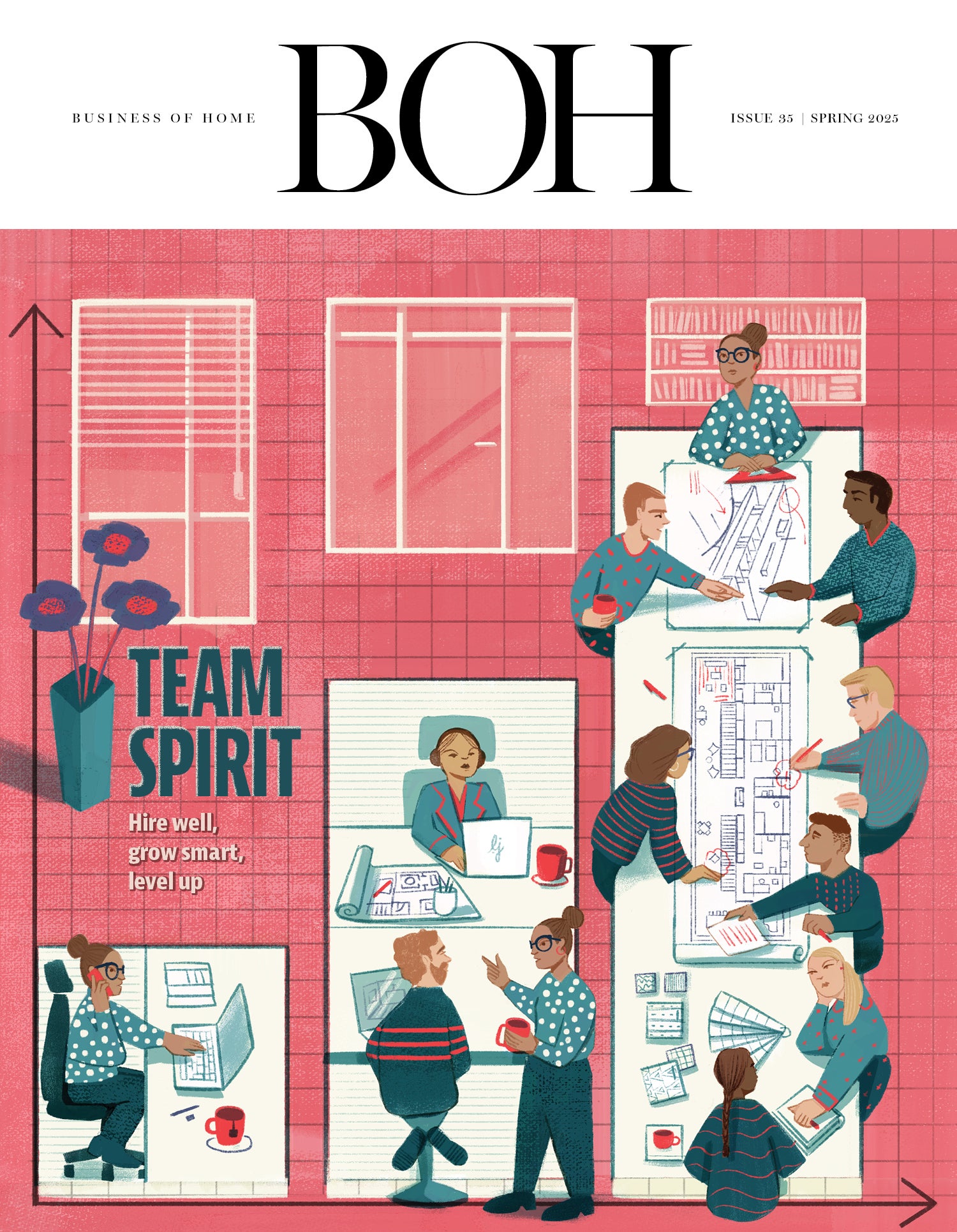
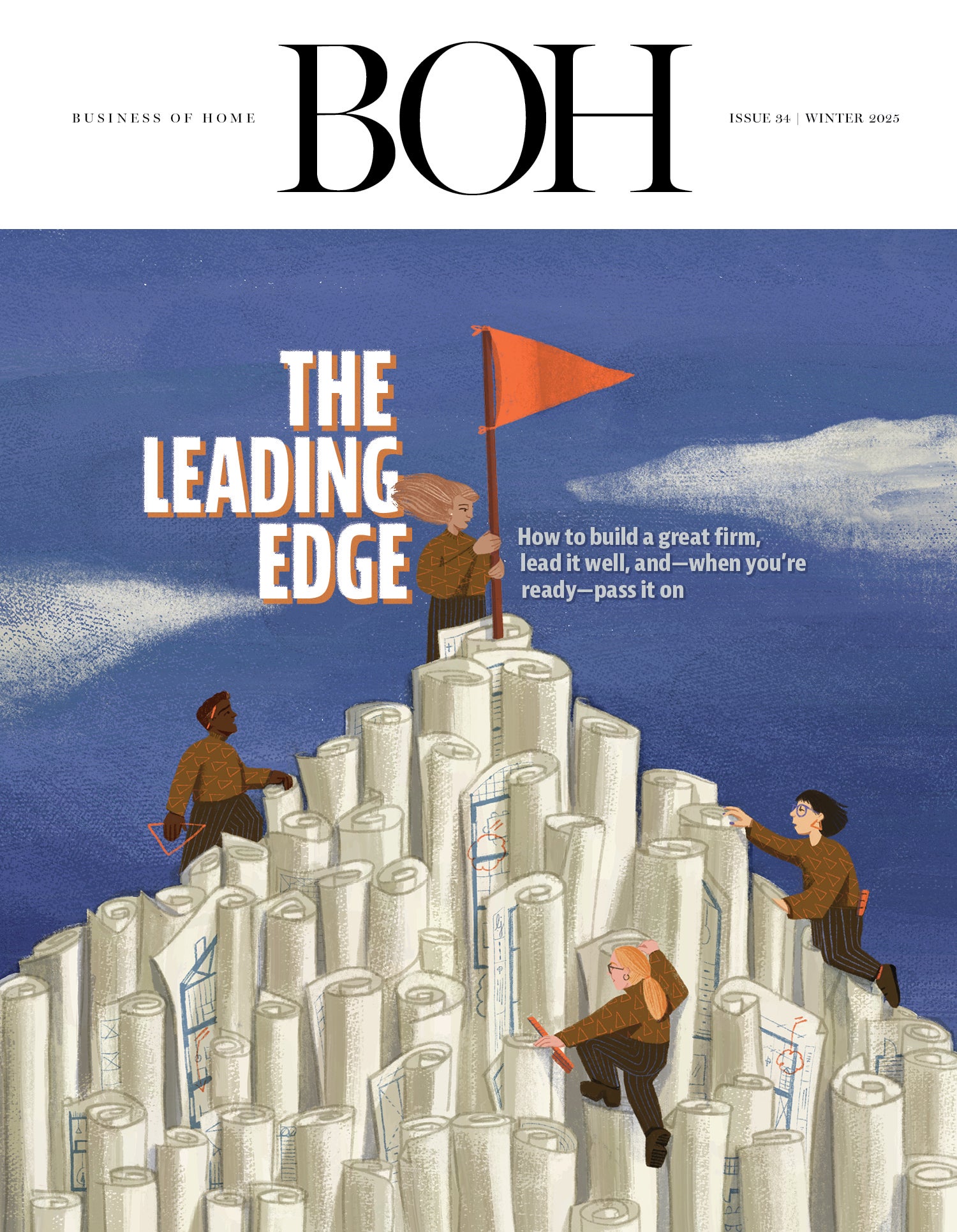
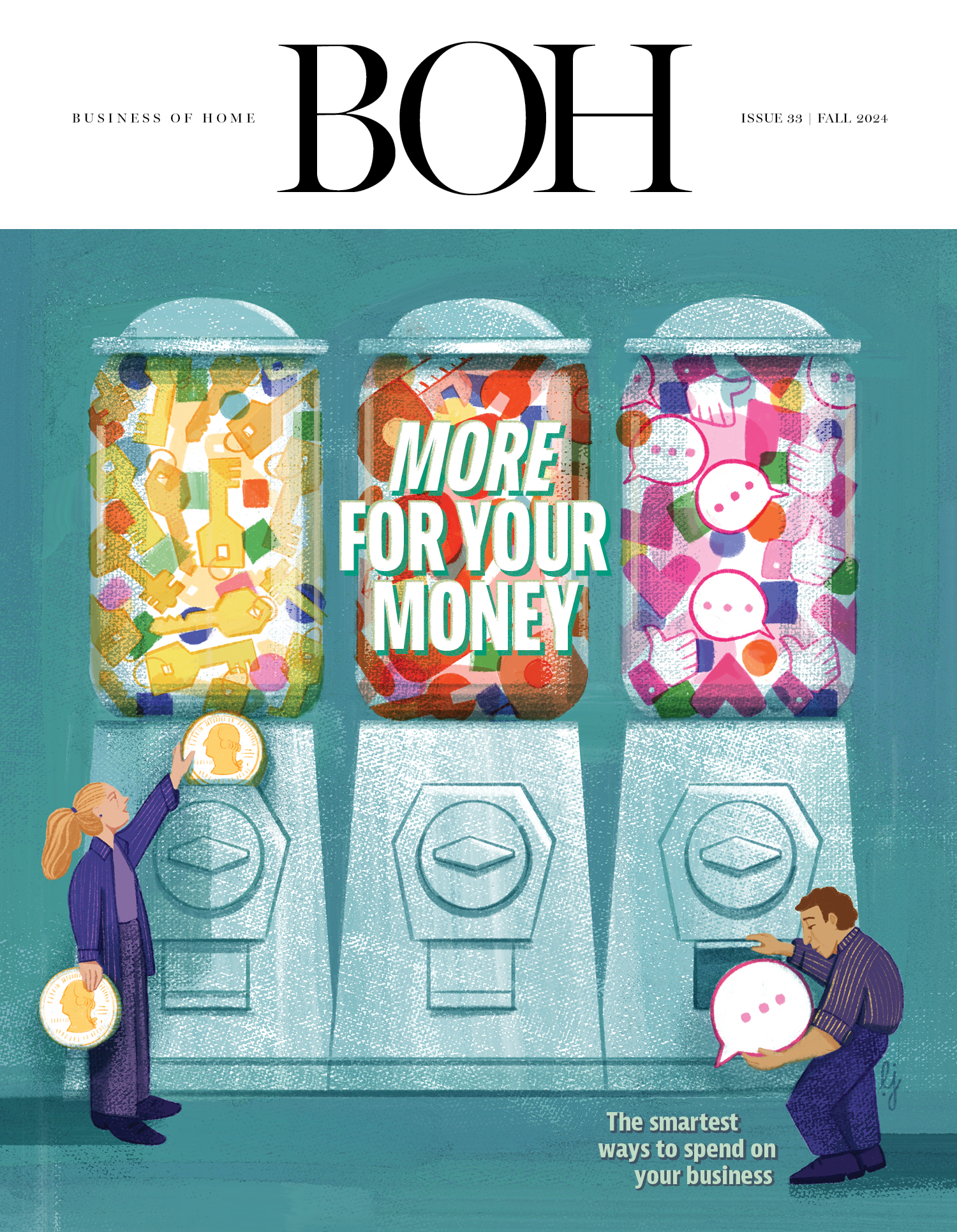
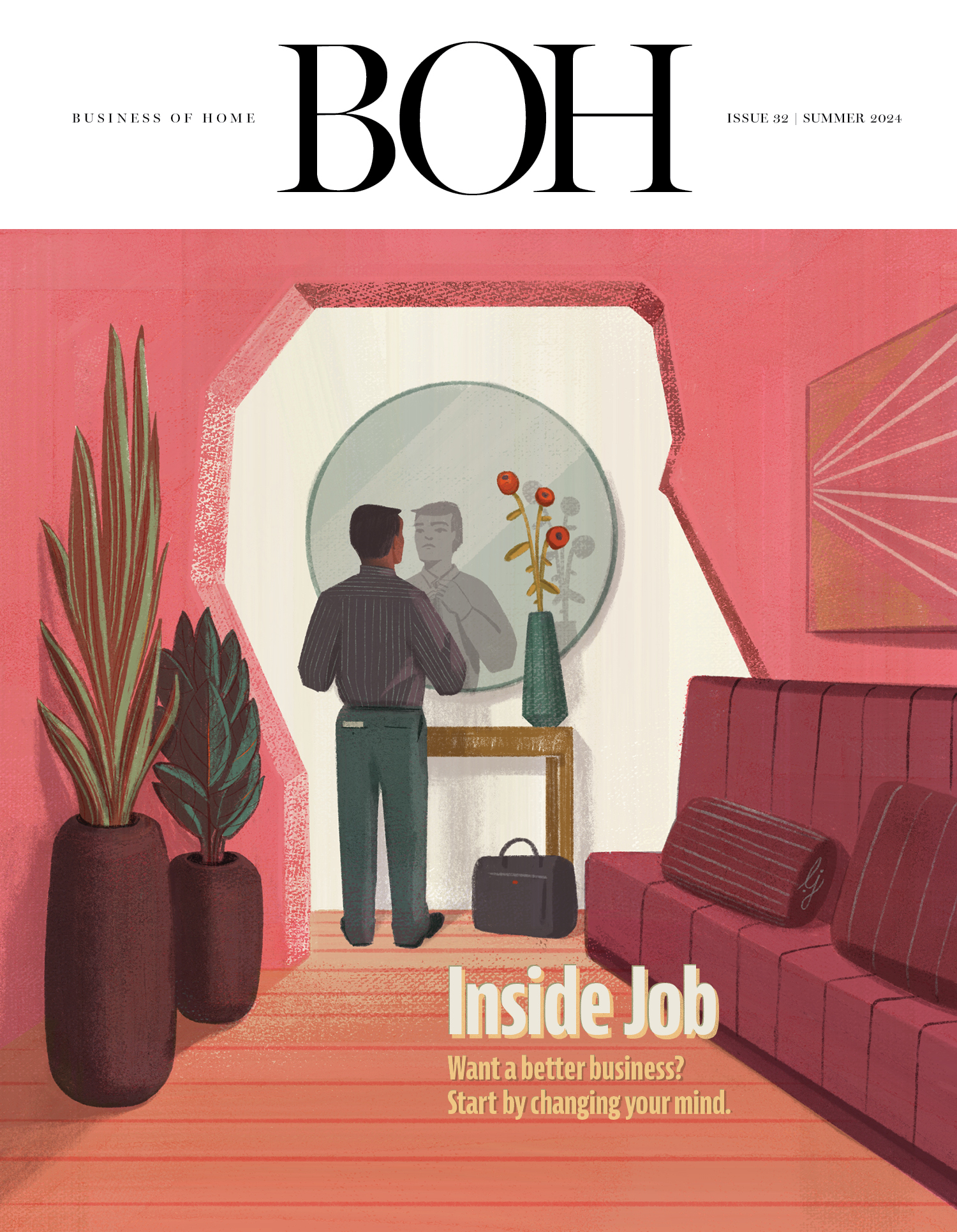
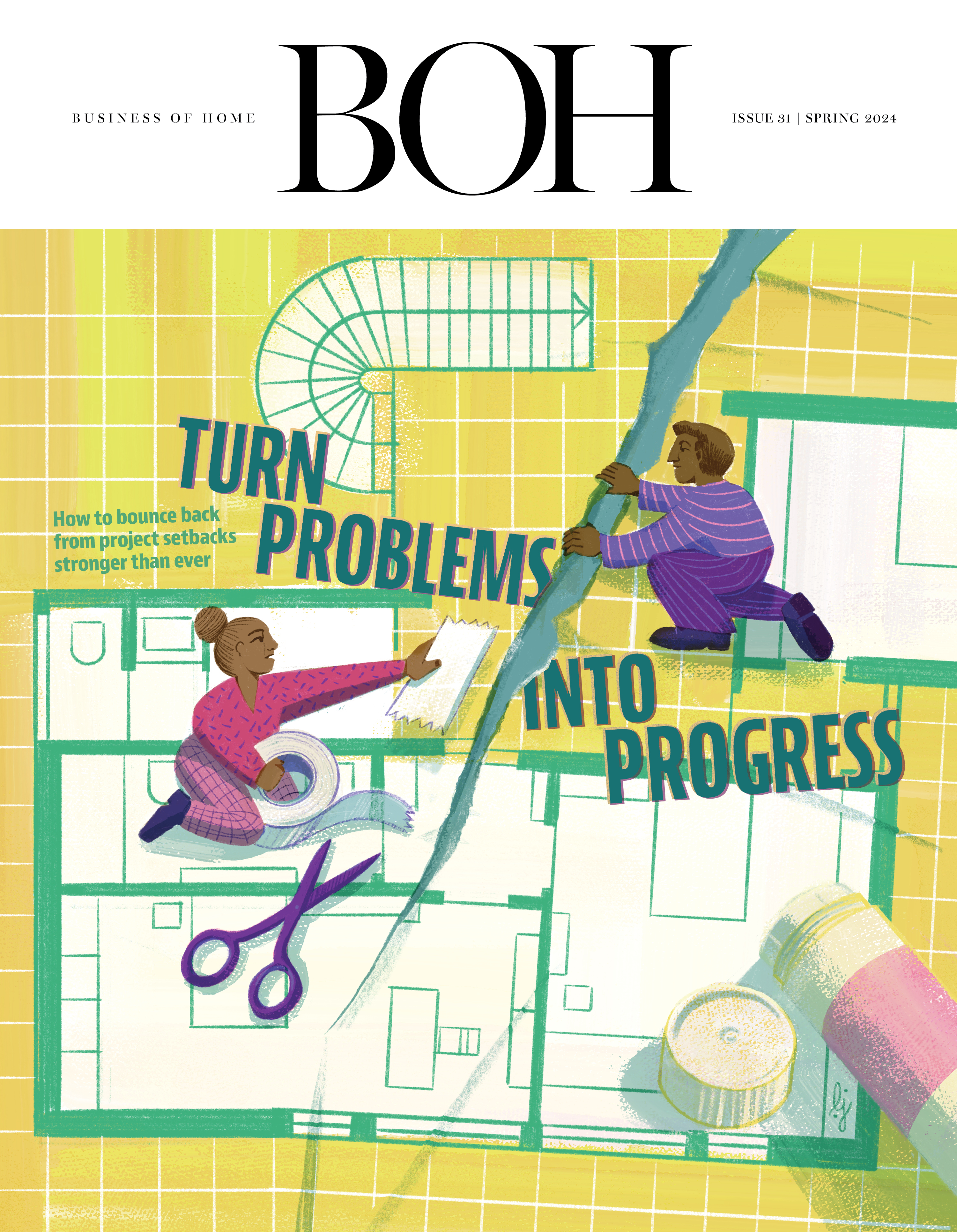
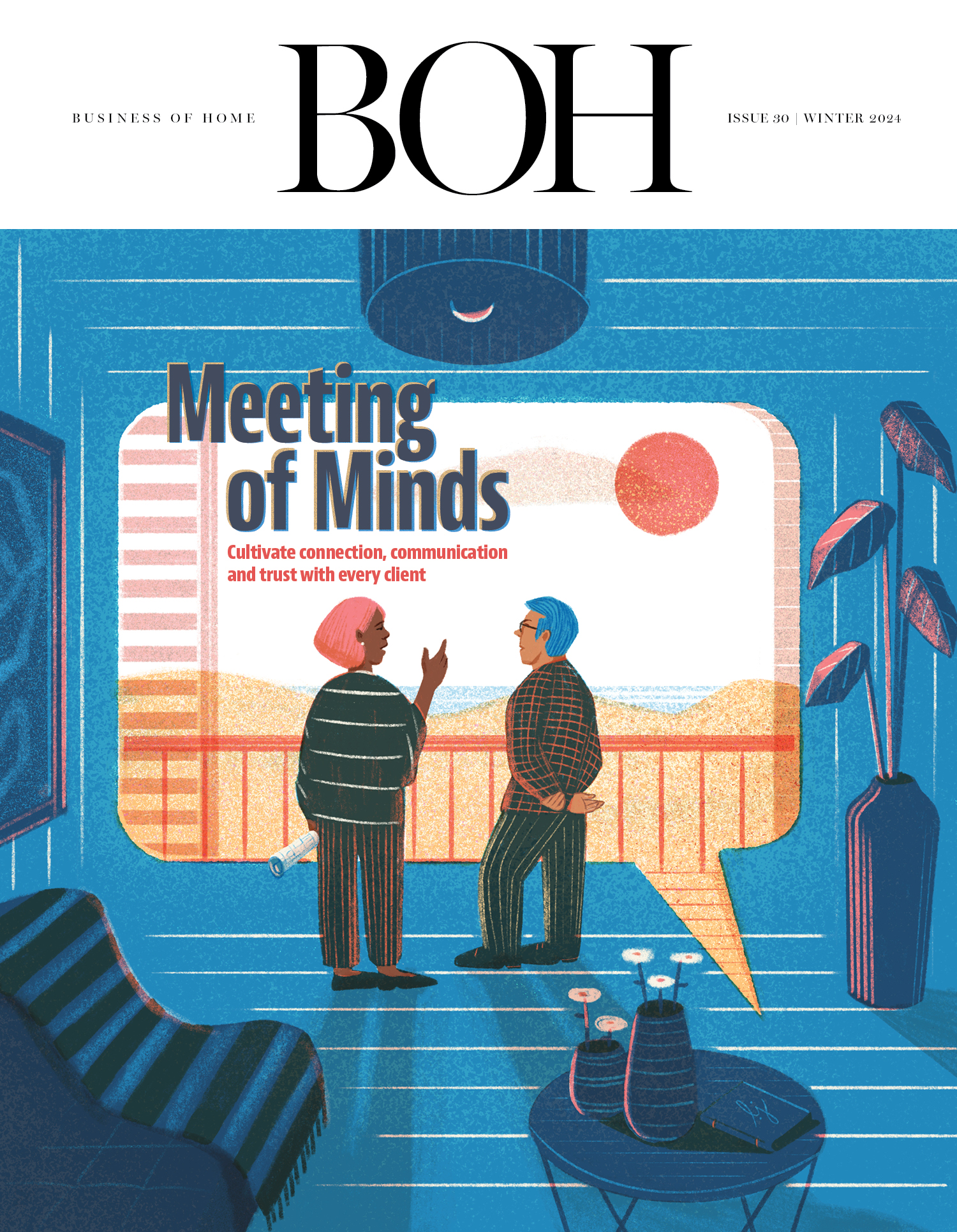
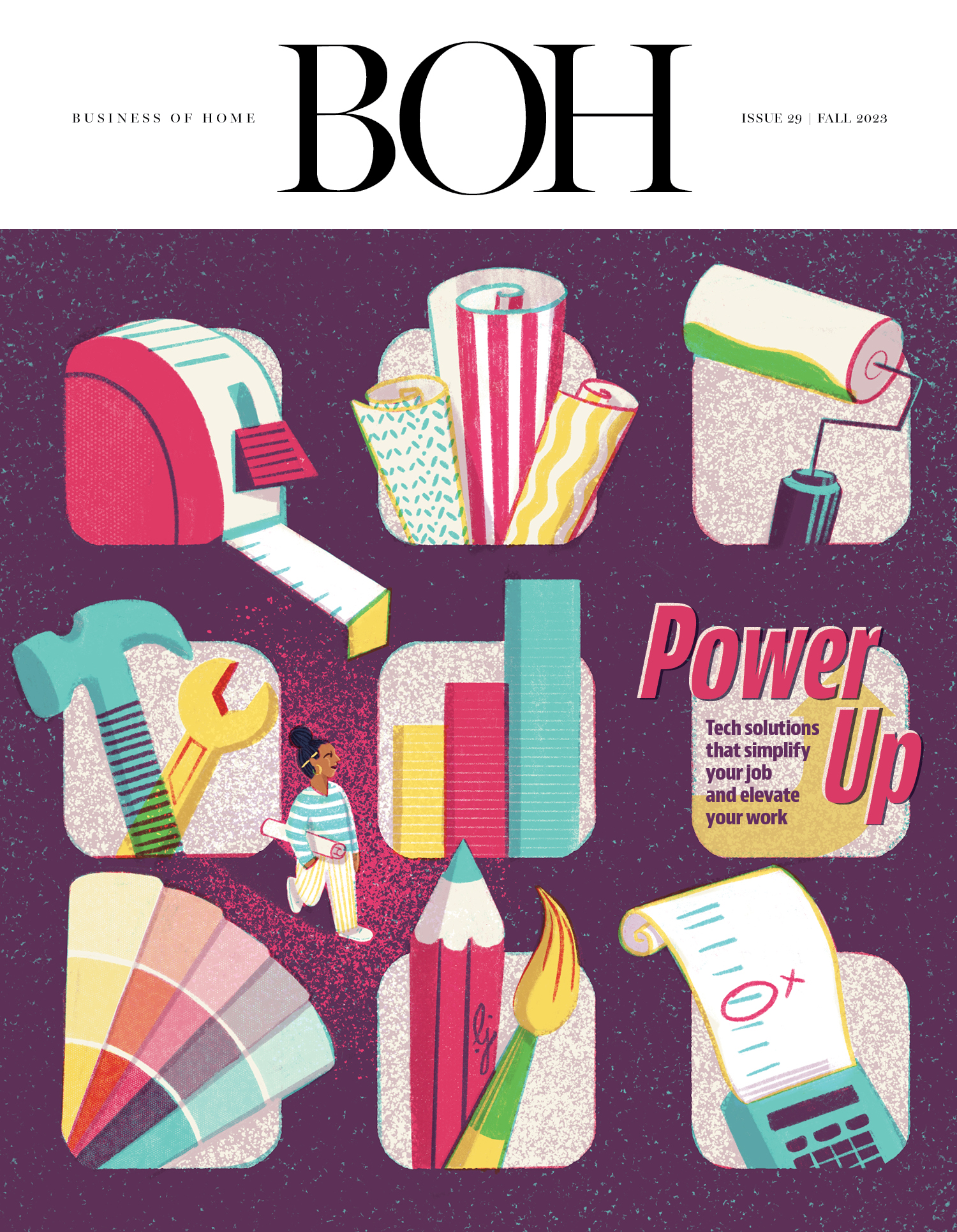
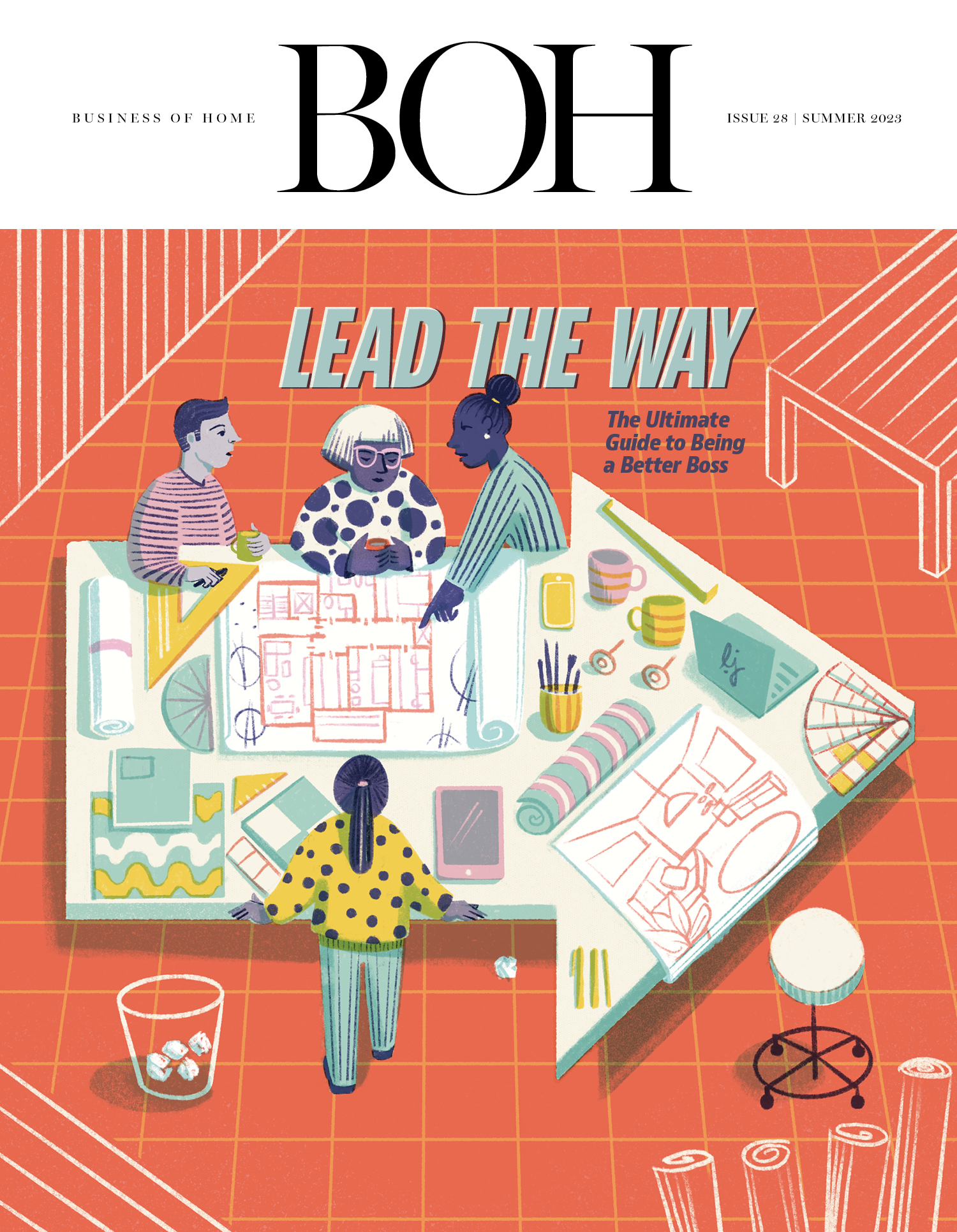
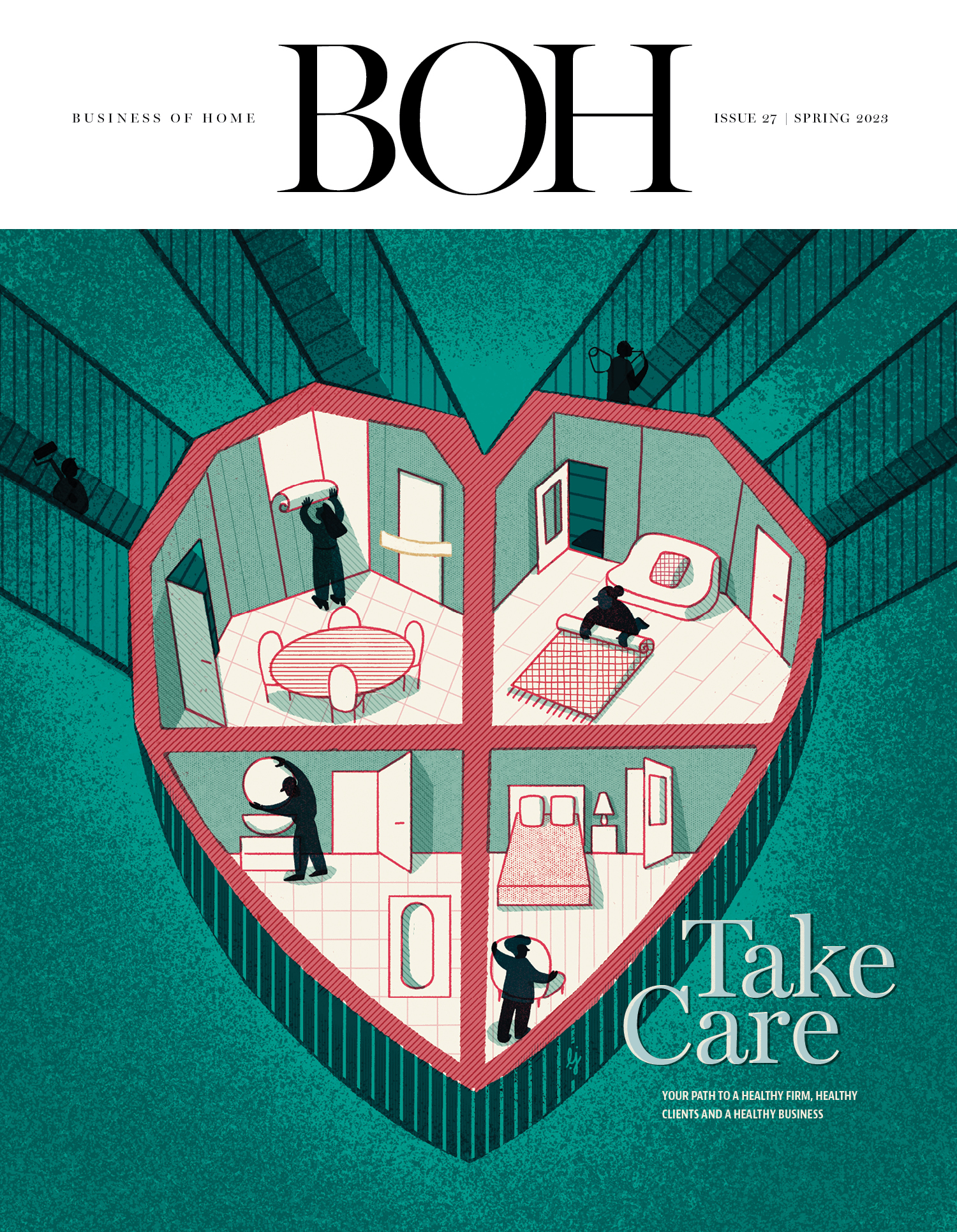
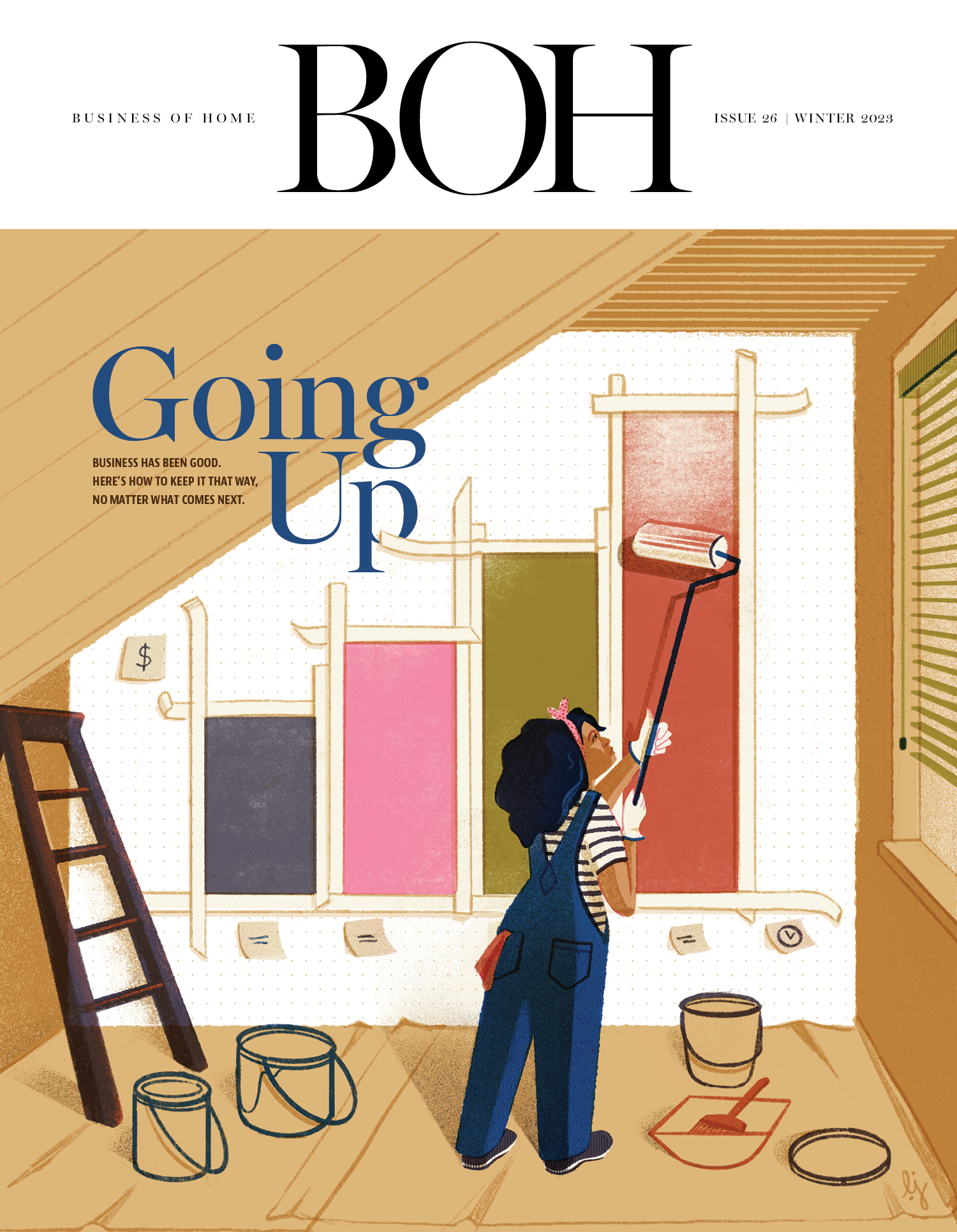
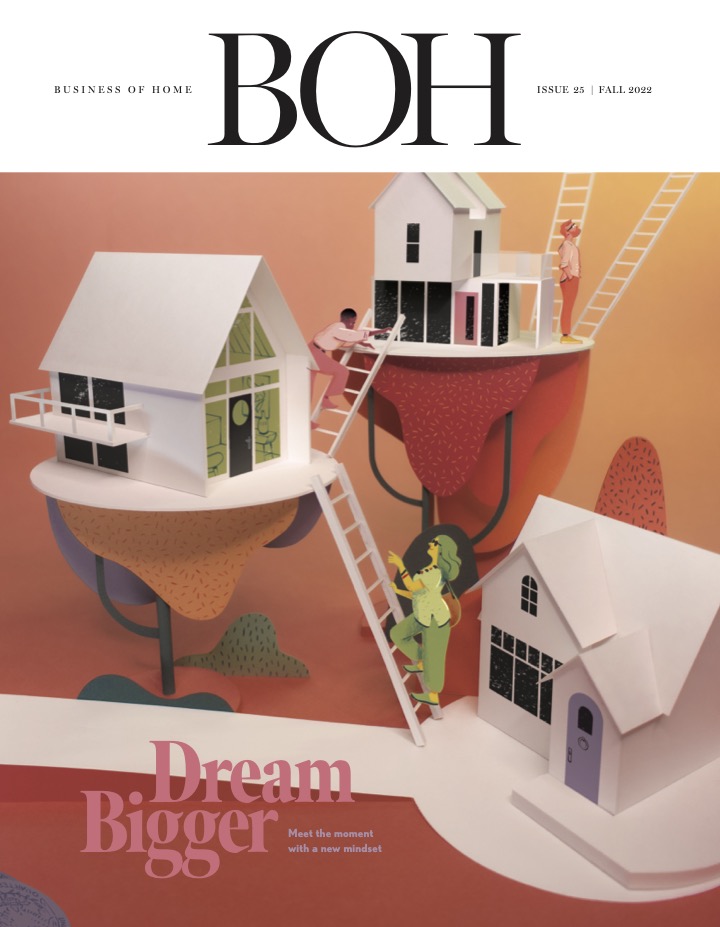
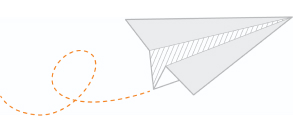


.png?1758305582)










